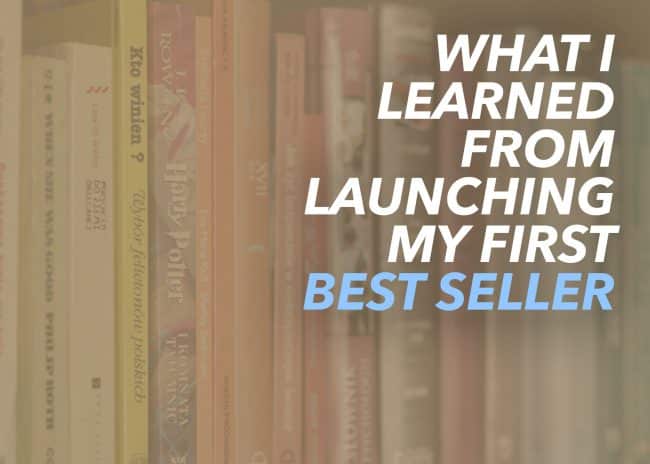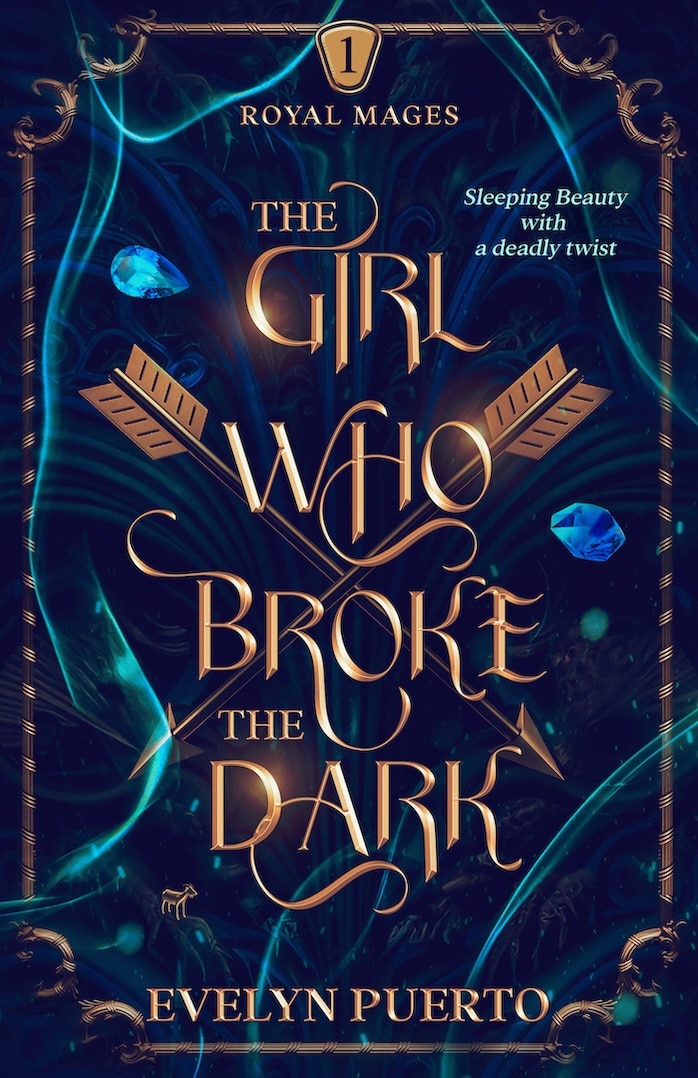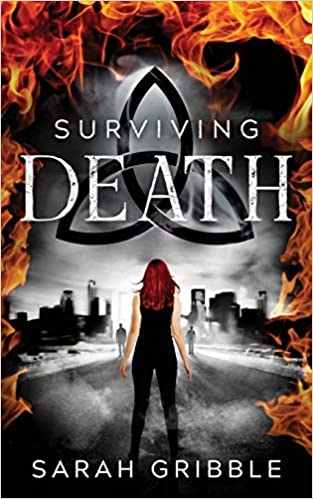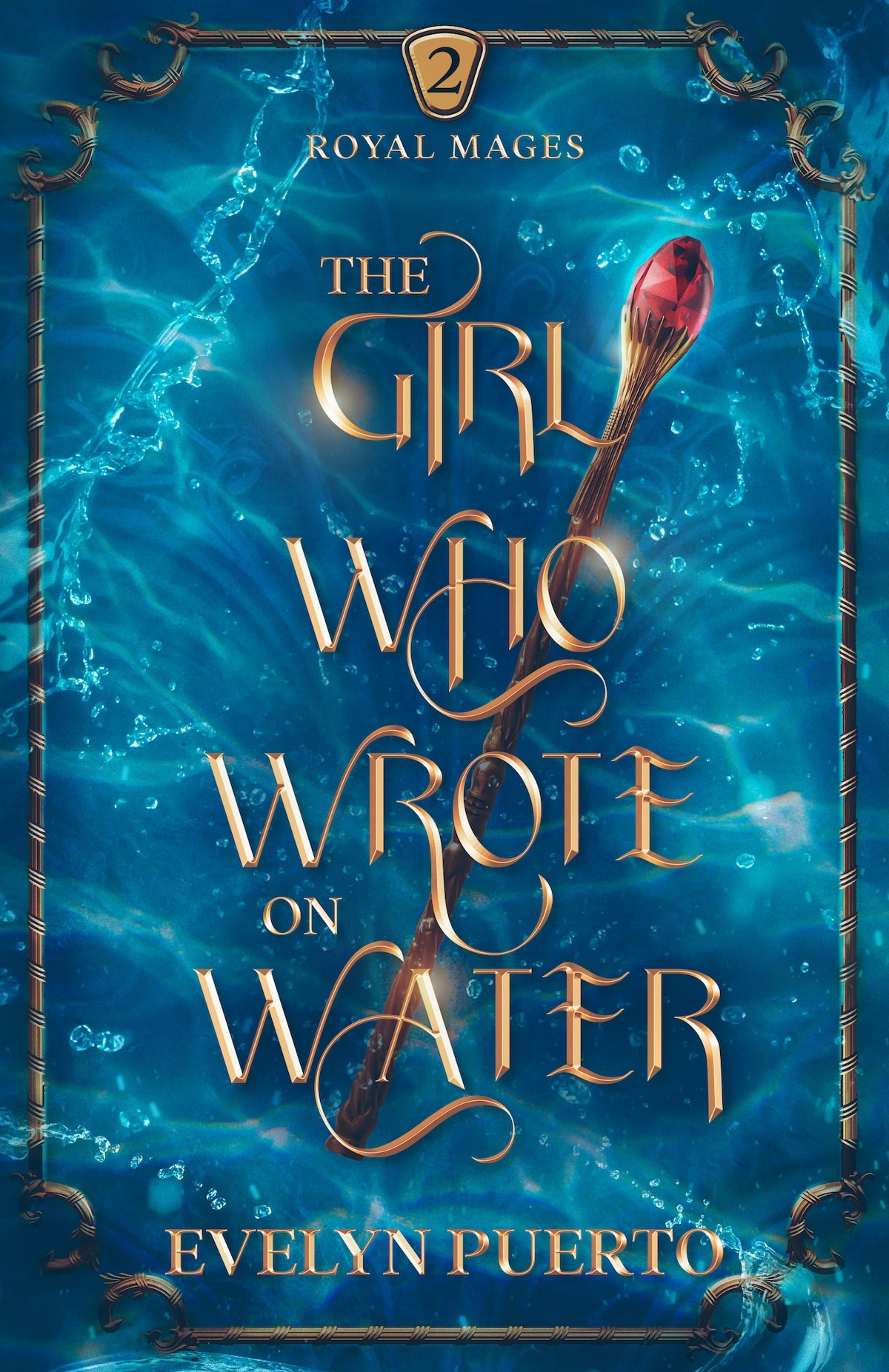So you want to launch a bestseller. Great. Every writer does. But the truth is, before you can launch a best-selling book, you have to write a best-selling book. Here’s what I mean.
When my recent book, The Art of Work, became an instant bestseller, people asked me how I did it. They wanted to know the secret marketing tactic or promotional strategy I used. And those were the wrong questions to ask.

For the longest time, I wanted to be a best-selling author. I built my tribe, learned how to market, and assembled book launch teams. But it never happened. What was I doing wrong?
After four books, I finally did get a book on the bestseller lists. But it had nothing to do with timing or practice. With my fourth book, I actually learned how to write a book I believed in that would sell well. And any writer can do this, if they understand the process.
Just a couple quick notes, though, before I begin:
- This process works for writing nonfiction. I’m not a fiction author, so I can’t speak to that. This works for writing how-to, advice, self-help, memoir, business, and just about any other form of nonfiction.
- This is not about how to game your way onto a bestsellers list. I tried that. It didn’t work. This is about how to write a real bestseller, a book that continues to sell tens of thousands of copies every year.
3 Lessons I Learned from Launching my First Best-selling Book
So with that said, I want to share with you my process, what I learned from watching other authors succeed and then applied to my own writing journey. I wasted years trying to figure this out, but hopefully you won’t have to do the same. Here are three things I learned from launching my first best-selling book:
1. The best marketing happens before you finish the book.
Ryan Holiday taught me this one. Ryan has worked with Tim Ferriss, James Altucher, Robert Greene, and others, and is responsible for helping these authors sell millions of copies of their books. So when I asked him for his best book launch advice, Ryan told me, “Most of the work is done once the book is finished.”
So when I wrote The Art of Work, I thought about the conversations I would have, the interviews and guest posts I would do, and tried to give myself great material to work with from the beginning. As David Ogilvy once said:
Good marketing makes a bad product fail faster.
Most authors write books and then think about the marketing. But that’s the wrong way to do it. Instead, you need “bake” your marketing into the book – think about the problems this book will help solve and the questions it will answer and actually put those things in the book.
Takeaway: Start thinking about marketing the minute you begin to write the book.
2. The idea behind the book is what sells the book.
Ever noticed how best-selling books aren’t always written that well? Is it just the marketing that sells the book? Of course not. It’s the idea behind the book.
Best-selling nonfiction books tend to have big ideas behind them that often challenge people’s assumptions about the world around them. Right now, counterintuitive business and self-help books are especially popular.
Malcolm Gladwell is the king of this. Every book he writes follows a formula that is easily shareable. Examples:
- The Tipping Point: We think big things lead to big change, but really it’s often little things.
- Outliers: We think successful people work really hard and that anyone can do this, but the truth is success is not fair.
- David and Goliath: We think strength is better than weakness, but sometimes it’s not.
To be fair, Gladwell writes fascinating books with excellent storytelling. So it’s not just about slapping a cool idea onto a bad book. But there are plenty of talented writers who are nowhere near as successful as he is. The reason for this, at least in part, is because of the way his books are positioned. They are surprising answers to questions people are already asking.
Takeaway: Identify a conversation that is already happening in the world and then make it the main idea of your book. Use counter-intuition (“you think that, but this is actually true”) to make points that surprise the reader.
3. Give the reader the words you want them to share.
When it comes to actually writing the book, one of the best things you can do is start with the big idea (the book’s argument or goal), then break it down into smaller supporting ideas (the chapters), and then into even smaller points (the sections, paragraphs, and sentences).
Every time you do this, make sure each idea is compelling and shareable.
Think of each chapter as an article for a magazine, a big idea that could stand on its own. Include stories, facts, or ideas that people can easily understand and connect with. Make it something people can easily talk about.
My friend Lysa Terkeurst calls these “sticky statements.” They are phrases that you intentionally inject into the book that people will inevitably remember and share. These may be tweetables or topics for dinner conversation. But the point is to encourage word-of-mouth marketing by making the book easy to talk about.
When I was doing this for The Art of Work, I studied Bob Goff’s book Love Does, which has now sold over a million copies. At the beginning of each chapter, he shares a counterintuitive argument that follows this formula: “I used to think X, but now I think Y.”
So I copied that. Worked for Bob, so I figured it wouldn’t hurt to try for me. Each chapter of my book begins with a quick synopsis of the chapter, but it’s word-smithed so that it’s something people can easily grasp and then share.
Takeaway: When you write the book, word-smith each idea into something shareable. Use counter-intuition to surprise the reader and get them to share your work with others. For more on this, read this article.
It’s the writing, silly
So there you go. Want to launch a bestseller? Forget everything you think you know about marketing and promotional tactics and instead focus on the actual act of writing.
But as you write, think about your audience. Give them the words you want them to share. And make sure you begin with an interesting idea that the world is already talking about.
That’s it, in a nutshell. This approach should save you a lot of time and pay off big time. For more on the marketing side of things once the book is written, check out this post.
What are some book-launching techniques that have worked for you? Let us know in the comments.
PRACTICE
Jeff Goins's newest book, Real Artists Don't Starve, debunks the myth of the starving artist and replaces it with timeless strategies for artistic thriving. You can get your copy here.



thanks Jeff….good post.
I’m currently writing my first memoir and at the same time dipping in and out of reading about writing…and catching up with posts like this…
so all very useful and informative.
Publishing, marketing and all that jazz is new to me, so I’m glad to have experts, such as yourself, to put realistic ideas into my head.
thanks Hattie
I think most of this advice actually does apply to writing fiction as well. So much about the marketing of a book is having/taking the opportunity to strategize and pitch it many months in advance; then of course delivering on the promise of a great story whose many special moments can be shared. Thanks for the tips! I’ll put them to use!
Good to know, Kimberly. Thanks for sharing. I didn’t want to be presumptuous.
I’ve been trying to figure this out, too. Inherently, a piece of fiction doesn’t solve a big problem or promote a singular idea the way a self-help piece does. So while the “in advance” principle is certainly true, it’s hard to identify “pain points” for our readers or provide bullet-lists of promises. Do you have a website where you’re launching fiction that I could learn from? Thank you!
Jeff,
I have read thousands of books, hundreds of “best sellers” and quite a few of those “best sellers” were terrible in numerous and often multiple ways – plot, pace, character development, convincing topical accuracy and others) at least for my tastes. I have seen a number of authors claiming to best sellers herein. Rarely do I see a reference to what “best selling” list they were on – like you. What “best selling list” constitutes your claim as a best seller – NY Times, Amazon, NPR, Barnes and Noble, Publishers Weekly, USATODAY, Indie Bound Bestsellers, Bookspot, ECPA, etc., etc. My point is that given the number of bad best sellers I have read, would seem to discount your conclusion that successful marketing isn’t the bigger factor in a books “success.”
Hey Dug,
Just wanted to chime in here. Jeff hit the USA Today, Washington Post, and Amazon list. The actual list isn’t the point though, right? Jeff’s book was and is hugely popular, but what really matters is whether it lasts. Good books seem to last (and, of course, “good” is relative. 50 Shades of Grey was not “good” in a writing sense, but it was “good” in that it connected in a deep way with its readers).
Thanks Dug! I agree. Lots of lame “best sellers” out there. As Joe said, I hit several lists, including USA TODAY which many publishers agree is the “gold standard.” But this isn’t about hitting a list (I actually wrote that above). It’s about selling a lot of books. And if you want to do that, you have to think about that while you’re writing it. Of course, you don’t have to do that. But that’s the point I was trying to make. Thanks for your comment.
Yeah, best-selling lists aren’t something you can trust. But I think what we have to remember is that at its root, writing is subjective. I might connect emotionally with a character and you might not: it’s personal.
Sometimes we’ve got to accept that no critic can fully declare what “a good book” constitutes.
Jeff,
Thank you for taking the time to share your experience and wisdom.
You bet, Nick. Love this community. Happy to share.
Love the mindset you introduce in this post. The ‘magic’ is in the writing process itself; reaching the destination is all about the way we handle the journey. It’s refreshing to focus on writing this way. It makes me fall in love with the trade all over again! Thanks for sharing the story behind your inspirational book!
Excellent, Ryan!
Here’s a few minutes of thinking about a writing and grammar book for non-native English speakers.
Frustrated by how “crazy” the English language is? Well, take a deep breath, and repeat after me, “English is easy!”
[Sticky statements; not in any order]
– You don’t have to memorize a lot of rules; simply make observations and gather examples to carry with you.
– Just as we need vocabulary to speak another language, we need vocabulary to speak the “language of grammar”.
– Connect the dots! Notice how what we learn in class surrounds you in your daily life.
– Your job is to hold your reader’s hand and guide them through your essay.
– Variation ignites imagination!
(c) 2016 / [swa] / a colored envelope
Thanks, Jeff. Your post gave me some things to think about and keep in mind.
Nicely done, Susan!
Thanks, Jeff.
as a non native english writer, I have trouble understanding the ‘show dont tell’. I get the idea, but its hard to do it. Sometimes I dont see how I can show better instead of telling.
But practice helps.
Not to worry! I’m a native speaker and teach academic writing and I’m still learning how to “show” more effectively. A recent TWP post by Pamela Hodges (“How does your character stand?”) helped me visualize the “showing” really concretely and I like my piece that came of it.
Here’s the link to her post:
https://thewritepractice.com/posture-character-development/?hvid=15NPQu
I would like a book on the “Best Seller’s List.” That would be amazing. But, I wouldn’t want to share that list with a reality star. It would feel like a “slap in the face” for my hard work and discipline. And, all they do is hire a ghostwriter. I am having mixed feelings about that list.
Jeff, this was such a valuable post; a real keeper! Thank you, and thanks to Joe for posting it on The Write Practice. Deena
Hey Jeff, thanks for sharing. Ryan’s own book is testament to this idea – although the marketing around the book helped sell copies, the book itself was the message he wanted to sell and I think that’s why it did so well.
It’s not about “tricking” people into buying your book if it sucks, it’s about writing a great book and then working to get that in front of people and keep them coming back for more. Thanks for the reminder of this… it’s too easy to get caught up in the marketing and the hearsay while forgetting that the book itself is the key to it all.
Thank you, Jeff. I’ve seen how you flex #2 with your launches and it’s motivated me to completely revamp a launch of my own. That driving idea has to unite the entire project and inform every part and chapter of the book itself, every piece of marketing, every pre-sale bonus – literally EVERYTHING – for the launch to be a success. Thank you for the insider knowledge!
Hi, pls allow me to post prompt 6 here for you guys to read: remember every scar.
The story of the dancing scar
Dragon and Dog had been dancing for a long time. Longer than anybody thought they would last. Especially Cobra was surprised. She used to dance with Dog, in a long ago past, and she wouldn’t go back for the life of it. Dog is great, a wonderful friend, and she loves how they now can go and have drinks together. But she wouldn’t dance with him anymore.
When Dragon asked Cobra one day how to deal with Dog as a dance partner, how to deal with his abrupt style changes, Cobra just looked at Dragon and said: “good luck.”
Dragon spread her young, not yet fully grown wings and set of, flapping awkwardly. Cobra confirmed to Dragon what someone else had whispered earlier: “Dog and Dragon shouldn’t be dancing together.” It annoyed Dragon, made her fly high, soaring the sky. All of a sudden she dropped like a stone. She was determined to show the world that she and Dog would maybe not be a perfect dance couple, but at least would be really worth watching.
Six months later, Dragon tripped over Dogs toes (again). They were in the middle of a normal routine, nothing out of the ordinary. Dog was not exactly leading how he should, and Dragon took advantage of making an unusual swing, expanding graciously her beautiful black and red wings. Marveling in her own beauty, she forgot about Dog, until she felt his foot crunching under her heel.
Dog kept his cool and grabbed Dragon by the waist, forcing her in a close swirl which meant she had to fold her wings.
Dog was annoyed by this shameless one-woman show. They were supposed to star together. Only he knew the best choreography.
He conveniently forgot that he should lead Dragon into this if he wanted her to follow him.
Dragon had seen the annoyed face of Dog during her little solo. Obediently she cast down her eyes and wings and followed in his footsteps. She quenched down the pain in her heart. Didn’t he see how beautiful she was? Couldn’t he at least give an appraising look?
Later Dog would tell Dragon that he needed her to be at his side, at all times. He was sweet and described in detail what a wonderful pair they made.
Dragon understood she was going to need some protective walls again around her heart. She loved this harsh and intelligent Mr Jekyll & Hyde and wanted to be his dance partner. She saw his pure nature, the love he carried for her and the world, she felt his eagerness to make the world a better place in the ideas he sprouted.
Time flew by. Dragon learned to guard her heart. No flamboyant display of her delicate wings. Always walk a thin line, gauging Dog’s mood. Exulting in it on good days, cowering on bad moments. She often balanced out their relationship: was this it? Dis she want to stay with Dog? The scale always had some tough remarks and sharp bites on one side, but each time more love on the other side.
Until one day Dog was not available, and Dragon had an interim dance partner.
Enter Lion.
A warm-blooded, hot as hell, attention-giving, raw and straight forward hero.
Or so it felt for Dragon.
She couldn’t help but be attracted to him like a moth to a burning flame.
And burning he was. Dragon was as wax in his feverish hands. Followed him everywhere, stretched her wings in deliberate lustful enticing movements. She wanted to kiss him very bad, and in the end she did. Lion had poked up a roaring fire that was now hard to control.
Dragon rolled in the fire, enjoying it almost to the fullest.
Almost.
Her heart squirmed with guilt. She wanted this fire to be lit and maintained by Dog. She didn’t want to cheat on him. Dog had thought her so many dance moves, intricate movements weaving through other couple’s steps.
She still didn’t dare to open her wings without his consent, but had learned from Dog how to unfold her inner strengths. She didn’t always had to show off to bring out her qualities. Dog knew Dragon well. He didn’t fulfill all her needs, but he knéw her.
Dragon felt worse every moment about her brief Lion encounter. Every cell in her body shouted that Dog was her true dance partner.
She decided to tell Dog about her side-swirls with Lion. She totally expected him to break their long standing relationship, but felt better to be honest to him and see where it would lead.
Dog was not pleased. He didn’t talk for a week. Then one night he took a bottle of fine Irish single malt whiskey, put 2 glasses on the table between him and Dragon and ordered her to sit.
They talked at length, finishing half the bottle while cursing, crying and contemplating the issue at hand. By the time the candles were extinguishing one by one, the matter was solved. Dog and Dragon would remain dance partners and not a single word about Lion would be uttered again.
After this hiccup, Dragon experienced less need for balancing and weighing out the scale. They belonged together, how tough it sometimes was, the love strongly overpowered the more difficult steps in dance life.
It would be nice to end the story here, and conclude with “they happily danced forever”.
But another Lion crossed their path. One that dog introduced.